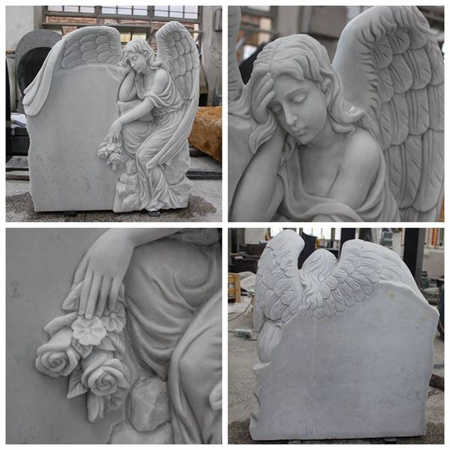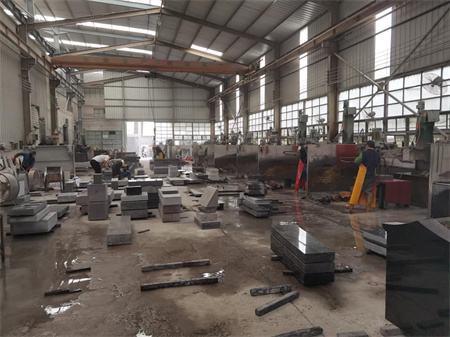How Granite Memorials Preserve Cultural History in Cemeteries

How Granite Memorials Preserve Cultural History in Cemeteries
Granite memorials, often seen as silent markers in cemeteries, do more than simply commemorate the deceased—they stand as lasting symbols of cultural heritage and historical significance. These stone structures are not just about honoring individuals, but about preserving the traditions, values, and stories of the societies that shaped them. The use of granite in memorials is a reflection of how cultures throughout history have viewed death, remembrance, and legacy. Through these memorials, the cultural narrative of a community is etched in stone, providing future generations with a glimpse into the past.
Granite, with its enduring nature and strength, is often the material of choice for memorials because it can withstand the test of time. It is a material that resists erosion, even in harsh weather conditions, which is why it’s often used for monuments meant to endure for centuries. In cemeteries, these stones serve as a testament to the values of the people they honor, with inscriptions, engravings, and designs offering more than just a name and a date. Each stone can tell a story, reflecting the religious, social, and cultural practices of the time.
Take, for example, the evolution of memorial designs. In earlier centuries, grave markers were simple, functional, and often inscribed with only basic information. However, over time, memorials began to reflect the artistic sensibilities of the era. In the 19th and early 20th centuries, during the Victorian and Edwardian periods, elaborate carvings and ornate sculptures became common in cemeteries. These designs, made from granite, were often influenced by the cultural and religious beliefs of the community. Religious iconography, angels, and elaborate floral motifs represented not only personal mourning but also the collective cultural norms surrounding death and the afterlife.


Through these memorials, the cemetery becomes a repository of cultural history. Cemeteries, in many ways, function as outdoor museums, where visitors can trace the development of art, architecture, and societal values through the centuries. The stones, preserved over time, allow for a reflection on how cultural attitudes toward death and remembrance have evolved. The presence of granite memorials in a cemetery can reveal shifts in religious practices, social norms, and even technological advancements in sculpture and stone carving.
Additionally, the use of granite helps preserve the memory of specific cultural practices related to death and burial. In some cultures, specific rituals and customs surrounding the design and erection of memorials have been passed down through generations. For example, in some Jewish communities, the custom of placing a stone on a grave is a way to honor the deceased, a practice that has been deeply ingrained in the culture for centuries. The granite memorial, with its unique inscriptions, offers a record of this tradition, linking present generations to their ancestors.
Today, granite memorials continue to serve as a powerful means of preserving cultural history. Whether it’s through the meticulous craftsmanship of traditional designs or through more modern, minimalist styles that reflect contemporary values, granite ensures that cultural narratives endure long after the people who created them are gone. The power of granite lies in its durability, its beauty, and its ability to hold and transmit the stories, beliefs, and identities of the communities that commissioned them.
In a world that constantly changes, granite memorials remain steadfast, standing as silent witnesses to the passage of time and the ever-evolving cultural landscapes. As we walk through cemeteries, we are not only reminded of the lives that came before us but also of the rich, diverse cultural histories that shaped these individuals and their memorials. Each stone, each engraving, and each design is a thread in the vast tapestry of human history, a history that granite memorials continue to preserve for future generations to discover and honor.
